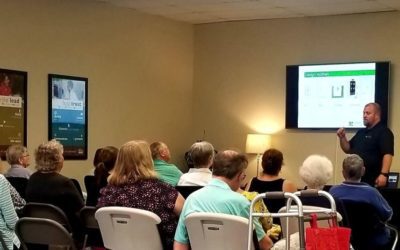Charles has the pleasure of speaking about building science and sustainable design in a variety of...
Harrisonburg needs to raise their accepted standard for new public buildings.
When you think of great public buildings, what comes to mind? A particular museum in Washington...
Questions to Ask When Looking for the Perfect Green Products
When you are selecting building products, you may never find a perfect, green solution. Here are...
Building Code – Why should you demand more?
Building Code: set of standards established and enforced by local government for the structural...

